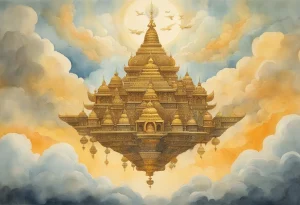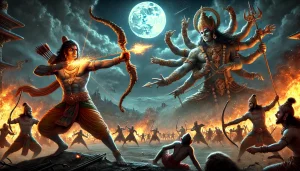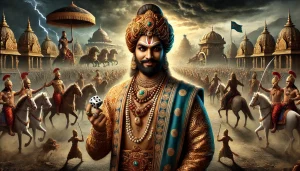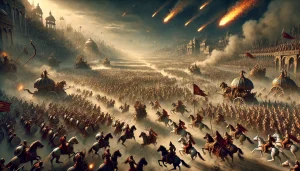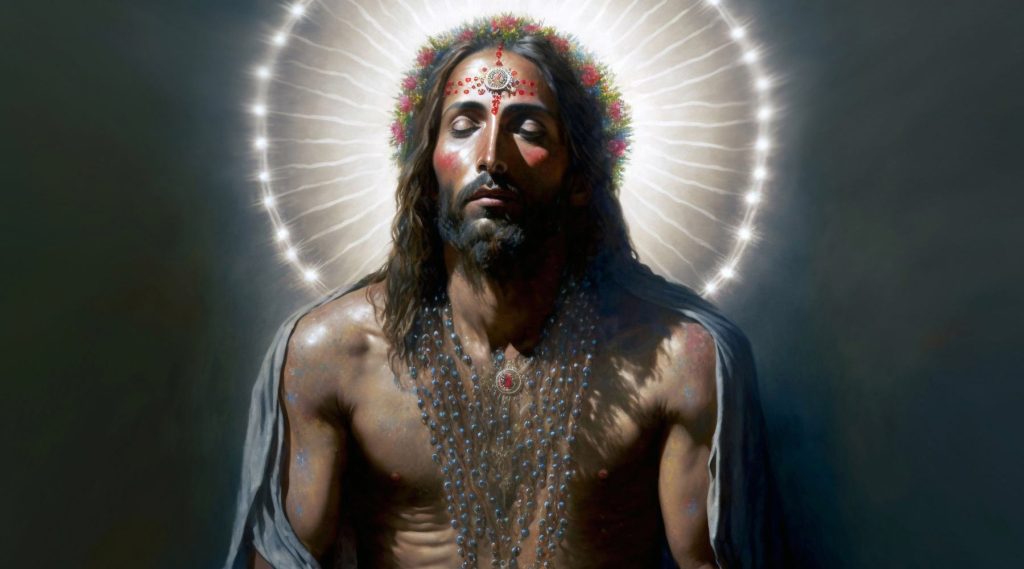
Well, this is obviously a controversial topic and lots of people have different opinions on whether Christ came to India or not. However, one fact is known to everybody that there are 18 years that have no account in the New Testament. They are also called Silent Years, Lost Years or Missing Years of Jesus Christ. Most accounts of Jesus in India derive from a book titled The Unknown Life of Jesus Christ, written by Nicholas Notovitch, a Russian doctor who claimed to visit the monastery of Himmis near Leh, Ladakh (Kashmir) in 1888. The book contained evidence for an astonishing claim: during the lost years of Jesus’s life – the gap in the Bible between his childhood and the beginning of his ministry in Palestine – Jesus visited India and trained as a Buddhist monk.
Notovitch was shown a mysterious document about which he’d previously heard rumours. It was written in the ancient language of Pali in “two big volumes in cardboard covers, with leaves yellowed by the lapse of time” and it told of the travels and studies in India of a man called Issa, who was recognizably the Jesus of the Gospels.
Buddhist records usually refer to Jesus as Issa-Masih, and Muslims use the name Yusu-Masih or some variant. One record of Jesus’ sermons in Kashmir is in Bhavishya- maha-purana, written by Sutta in 115 CE. A Persian account of Jesus in India is written around 900 CE by Al Shaikh Said-us-Sidiz and titled Mamal-Ud-Din. Finally, the Apocalypse of Peter refers to Jesus sitting at one of the ten pillars erected in India by Ashoka A Muslim record was Al-Shaikh Al-Said-us-Sadiq; Ikmal-ud-Din. Another was the history of Kashmir written by Kalhana circa 1148 CE, which referred to Jesus as Isana, “the great guru” who impressed the king, Samdhi-mati. Another record of Jesus’ sermons in Kashmir was Tarikh-I-Kashmir, written later by the Muslim Mulla Nadri, who identified Jesus as Yuz-Asaph. . A passage in Song of the Yogi sung by Natha Yogas reads: “My friend Ishai has gone towards Arabia.” A verse in the Puranas reads: “Having found the sacred image of Eeshai [God] in my heart, my name will be established as on the earth as Eesah Mashi [the Messiah].”
